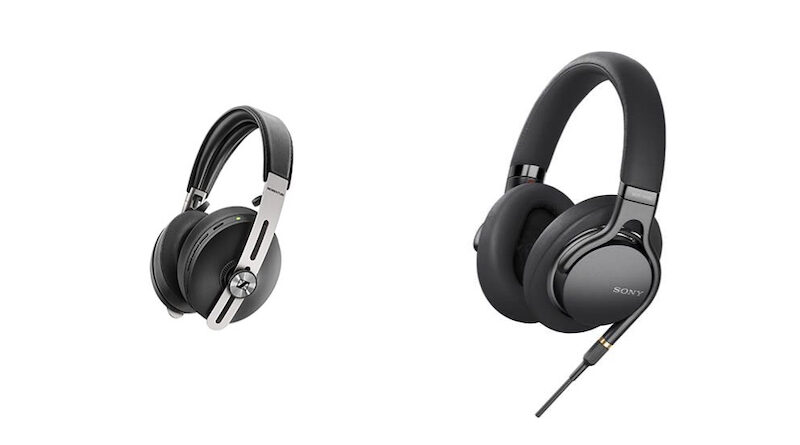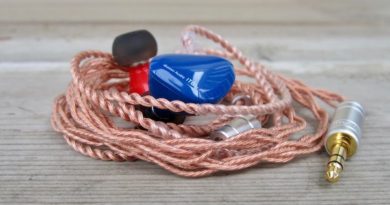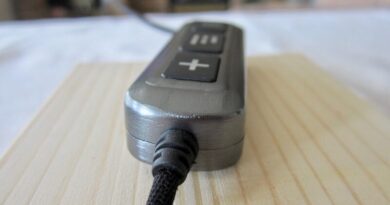Sennheiser Momentum 1 and Sony MDR-1A – Blast From The Past
Medical science has been unable to cure my lingering inner-ear issues (I’m thinking of going to Lourdes), so I’ve been confined to over-ear headphones of late, which has given me the opportunity of pulling some of my older wired models off the shelf for a fresh listen
The (circa-2013) Sennheiser Momentum has a sleek, lightweight metal-and-leather design which affords better-than-expected isolation and excellent comfort. Very easily driven with just a mobile or a modest dongle, the Momentum hews very close to Sennheiser’s house sound—balanced and very detailed, with a neutral-to-slightly bright tonality and lean note texture.
Soundstage is wide but has limited height, and instruments are accurately placed, with lots of air between performers. There’s not a ton of subbass thump or depth, but midbass is extremely well-etched and quick, if a bit cool and lacking in body and warmth. Mids are bell-clear and high end deftly balances being very resolving without sounding too clinical—the Momentum have some toe-tapping drive and energy and avoid the flatness of more “reference-tuned” phones.
All that said, while the Momentum remain composed and revealing on classical and other complex fare, they miss a bit of oomph on rock and heavier genres—like very good limited range speakers they nail the technicalities, but the lowest notes are missing.
These were originally $349, which was a stretch since comparably-priced open-backed models like Senn’s HD600/HD650 provide a more expansive, meatier (if less portable) take on the same basic signature. However, I now see the Momentum on Amazon for $129 (and used models for as low as $30 on Ebay), which is a screaming bargain for phones of this quality.
The Sony MDR 1A (originally $300, but easily found used for < a hundo) look a bit generic but are very solidly-built and feel more durable than the Momentum. Although approximately the same weight as the Momentum, the Sony feel a bit heavier on your head and aren’t quite as comfortable. The Sony are also a bit less stable, which limits their utility for outside use. Isolation is below average and the cable is quite microphonic.
Soundwise, the Sony are the polar opposite of the more restrained, accurate Momentum—the Sony have a rich-textured, warm tonality with a giant, palpably physical bass presence. Soundstage is within-your-head but nicely rounded; imaging is okay but not as precise as the Senn.
Compared to the Senn, the Sony sound fuller and more analog, while the Momentum present more microdetail and high-end resolution, although the Sony do surprisingly well at reproducing guitar strings, drums and percussion. The massive low end is something of a mixed blessing for the Sony—it imparts an exciting, live-in-concert feel to uptempo genres, but can get boomy and distorted at higher volumes and tends to overshadow more delicate arrangements; if anything, amping adds to the chaos. Refinement isn’t the Sony’s strong suit—they’ll get the adrenalin pumping but will wear you out after an extended listen.
Generally speaking, the Senn and the Sony are complementary, with the former being better for critical listening and the latter being better at getting your freak on. Comparing them to good, comparably-priced Bluetooth phones, however, I’m struck by how much better both of these wired relics sound—less compressed and much clearer, without the characteristic artifacts and background noise of wireless models. If I didn’t need wireless functionality, I’d reach for the Momentum or the MDR-1A every time.
Looks like our democracy will survive until the next election cycle. So life is good.







